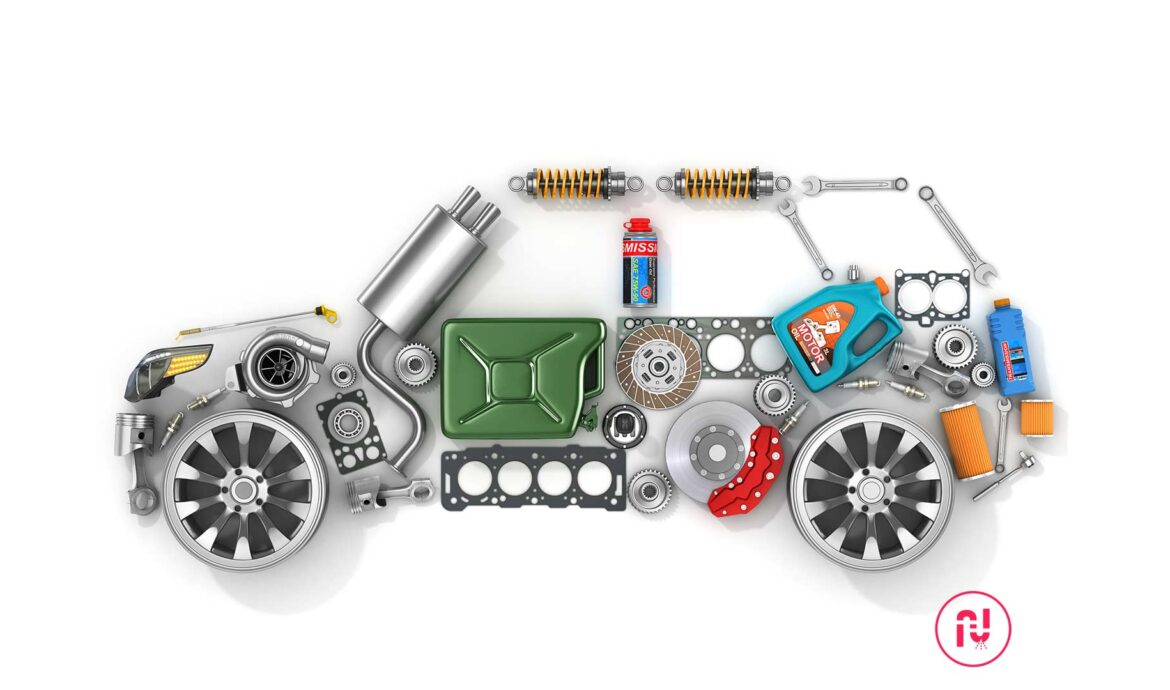In the highly competitive automotive industry, service quality plays a crucial role in customer satisfaction, loyalty, and long-term success.
Key Performance Indicators (KPIs) plays a pivotal role in the automotive service sector by providing objective measurements of performance, quality, and efficiency.
The effective use of KPIs not only ensures high-quality service delivery but also fosters customer loyalty, positively impacts the bottom line, and strengthens the competitive position of automotive service providers in the market.
KPI
Here are the 7 key performance indicators to evaluate and boost your service performances:
1. CUSTOMER SATISFACTION
Customer satisfaction is the core of service success. Measuring customer satisfaction through surveys, feedback, and ratings provides valuable insights into the quality of service provided. It helps identify areas for improvement and fosters customer loyalty, positive word-of-the mouth, and repeat business.
Customer satisfaction is the ultimate goal for any automotive service departments. KPIs such as Customer satisfaction score (CSAT) and Net Promotor Score (NPS) helps gauge customers perception of service experience. Monitoring these scores enables dealership to identify customer satisfaction levels, pain points, and make improvements accordingly.
A higher customer satisfaction leads to increased customer loyalty, positive brand reception, positive word-of-mouth, competitive edge in the market, and increased chances of repeat business.
2. SERVICE TURNAROUND TIME (TAT)
Service turnaround time (TAT) is a critical KPI that measures the speed and efficiency of service operations. It includes factors such as appointment availability, wait time, repair duration, and service completion times. Reducing turnaround time enhances customer experience, minimizes inconvenience, and boost customer satisfaction.
3. SERVICE RETENTION RATE
Service retention KPIs measures the percentage of customers who return to the dealership for service after their initial vehicle purchase. A high service retention rate indicates customers trust and satisfaction with the dealership’s service quality.
Dealerships can track service retention through customer data analysis and targeted marketing efforts. Improving customer retention strengthens customer relationships, boost revenue potential, and enhances long-term profitability.
4. FIXED RIGHT FIRST TIME (FRFT) RATE
The fixed right first time rates measure the percentage of vehicle repairs or service requests that are completed correctly on the first attempt. A high FRFT rate reflects the expertise and competency of service technicians, efficient diagnostic processes, and the availability of necessary parts.
Achieving a high FRFT rate reduces customer frustrations, eliminates unnecessary return visits, enhance service quality, and minimizes operational costs.
5. SERVICE TECHNICIAN EFFICIENCY
Tracking service technician efficiency is critical to ensure optimal utilization of resources. Monitoring Service technician productivity through KPIs such as billable hours per technician indicates greater productivity and efficiency in completing tasks. Maximizing technician productivity increases service capacity, reduce customer wait times, and positively impacts the department’s revenue potential.
6. WARRANTY AND RECALL COMPLIANCE
Effective management of warranty claims and recalls is essential for customer satisfaction and compliance with the manufacturer’s requirements.
KPIs related to warranty claim processing time, recall completion rates, and customer response time for recalls measures the efficiency of handling warranty claims and addressing safety-related issues promptly.
Prompt and accurate resolution of warranty claims and recalls enhances customer confidence, loyalty, and brand reputation.
7. PARTS AND INVENTORY MANAGEMENT
Managing parts and inventory efficiently is critical to provide timely service delivery. KPIs such as parts availability, fill rate (percentage of orders filled from stock), and inventory turnover ratio help optimize parts inventory management.
Ensuring the availability of parts minimizes service delays, reduce customer wait times, and improves overall operational efficiency of the service department. Effective inventory management also reduces carrying costs and enhances profitability.
Key performance indicators (KPIs) provide retailers with valuable insights into the effectiveness and quality of their service operations. By monitoring KPIs retailers can continuously enhance customer satisfaction, optimize operations, build brand loyalty, enhance customer experience, and drive business growth.
Thanks for reading! If you enjoyed this post, be sure to check out my blog http://ujaike.com/blog/ for more articles like this one. you can also connect with me on social media for more contents and updates.
Many thanks for your support!

